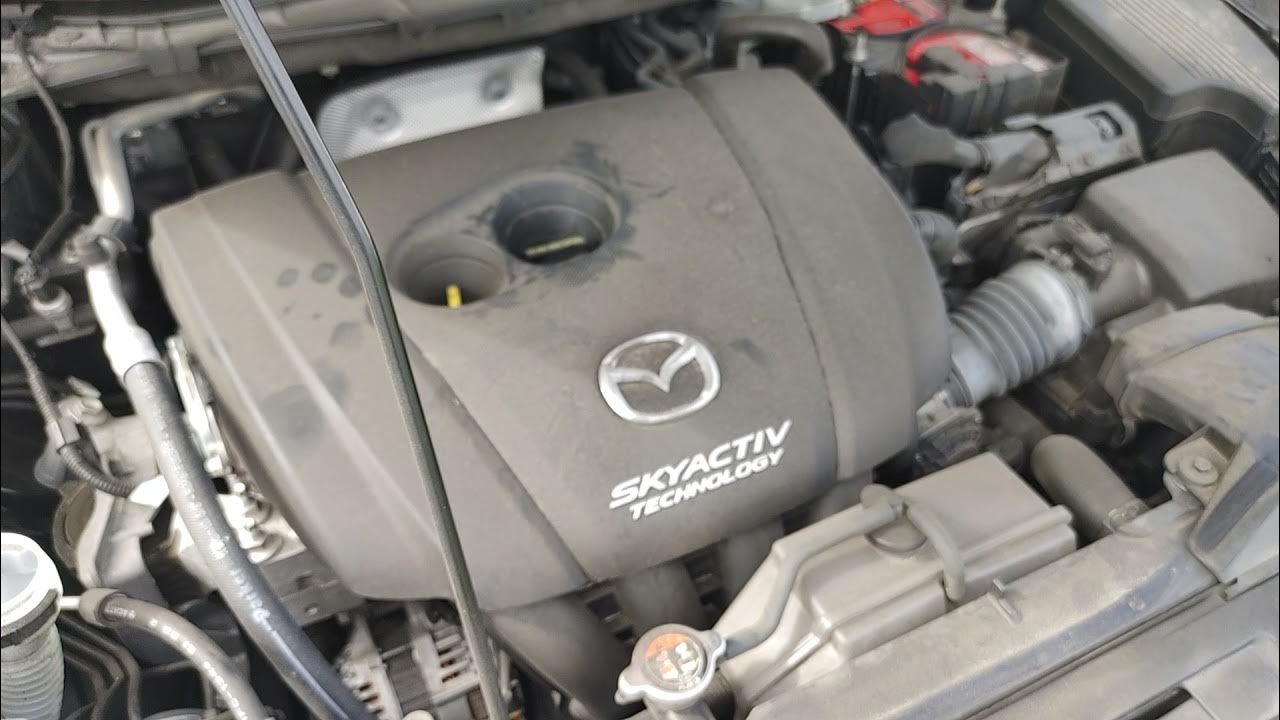Sorry for delay folks , busy with home reno'sI hope Bucko reports back, he must have had his lifters replaced by now.
So long and the short of it , Mazda Canada approved the dealerships diagnosis and it was the HLA making the noise. They followed the USA protocol and replaced the two required for the fix. Apparently this is starting to be recognized in Canada as a potential issue with the engine components but doesn't appear until 35000Km + of operation and is more prominent in cold weather when the metal surfaces contract more from being cold allowing more distance between contact along with HLA issues
. The Service Manager was fantastic given the fact that we had to have the proper temps to recreate the issue. After putting a stethoscope onto the noise source they agreed it was a contact noise in the valve train.
Main thing is if you have a noise in your engine and you don't like the sound of it, schedule an appointment with a dealer and get it on record. In my case if it wasn't fixed this would've had serious implications later in engine life. Although noises can be attributed to other factors like some have said, if you cannot differentiate between a metal on metal noise (which mine was) and other sounds attributed to injectors, cylinder deactivation etc etc then take it in to be looked at.

